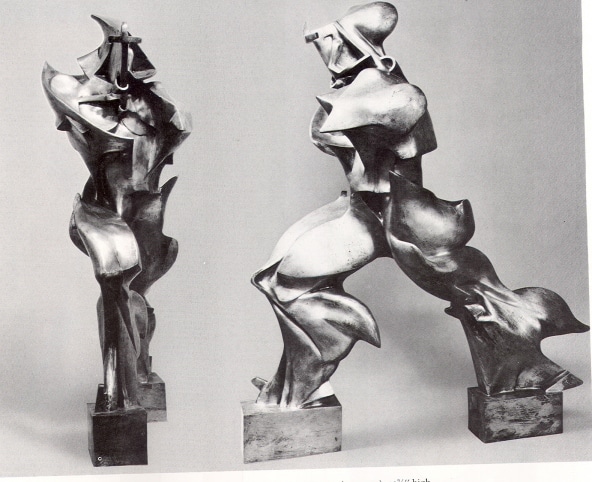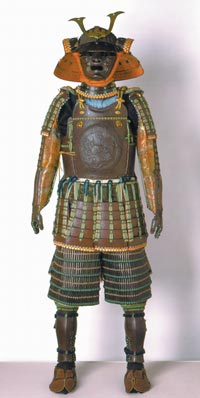ATMOSPHERIC PERSPECTIVE
Atmospheric perspective is the impression of an entity changing in relation to the distance to the naked eye. Decreasing the gap in the distance between the person who is seeing the object and the object is the key.
Colors are lighter, not heavy, and they are moved to the backdrop. Details are hard to view and the thickness of the surface grows in the space between the viewer and the object viewed.
AN OAK TREE IN WINTER BY HENRY FOX TALBOT
Henry Fox Talbot’s painting of an oak tree salt print circa 1840 is a brilliant example of atmospheric perspective because it shows the oak tree large and dark in the forefront barren of leaves in the dead of winter. As the viewer stares at the painting one can see in the background other bare spindly trees fading in the background of the dark looming oak.
I find this painting to be absolutely gorgeous in its plainness and drab winter. I feel as if the sun is high in the sky and is barely warming the Earth. Mr. Talbot fixed this image in a “hypo” mixture. It is a procedure of setting the pictures on paper treated with silver chloride and applying the “hypo mixture and this removes the silver chloride and gives the picture a fuzzy sort of look.
IMPLIED MOTION
Implied motion can be proposed as graphic in a multitude of methods such as diagonal, pointing, and lines that move in a certain direction.
UNIQUE FORMS OF CONTINUITY IN SPACE 1913 UMBERTO BOCCIONI
Umberto Boccioni was an artist, sculptor, and Futurist of the 20th century. He was in the movement that was prominent prior to WWI, he invented the visual improvement that steered the Cubist-like style related to the group. Mr. Boccioni died volunteering in the Italian army at the age of 33.
The essentials of this sculptor that suggest movement or motion are the use of diagonals, exaggeration of the body arms, or legs, an awareness of air gusting on the hair or clothes, the giant blocks on which the figure is cemented on is immobile. This piece of bronze is gorgeous to view albeit without features on the face, and sans arms it is a figure in movement by the legs the right leg shows a muscular leg and the left leg behind the clothing sticking to the skin and behind the leg. It is a wondrous piece.
TEXTURE
Texture as it relates to art is the form of art as used to describe how a piece of work feels to the hand, or the feeling it gives the viewer.
SUIT OF ARMOR –MYOCHIN MORISUKE
Myochin Moisuke 1573-1602 Not much is written about this artist who fabricated such a spectacular piece of art. The suit of armor was befitted for a warrior in warfare. The soldier was safeguarded against the weapons by reinforced iron, silk, and wood splints, which were made pliable and less cumbersome by thin coats of materials. The headpiece is adorned with Paulownia leaf which is indigenous to China.
It is lightweight, air drying without warping, resistant to decay, fire-resistant, with an excellent conductivity tree. The chest plate was decorated with a dragon and created separately from the backplate. The piece was attached at the hip of each side of the soldiers’ waist.
Wood splints covered with cloth material were used below the knees. Although the armor looks cumbersome and difficult to move in it is made of the lightest weight material. The cool colors of green and brown help camouflage the soldier against detection.



